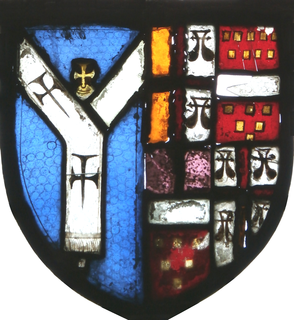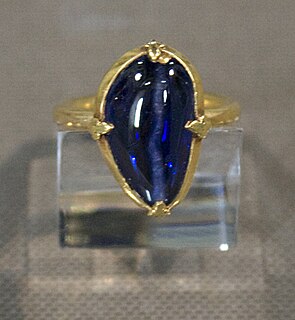Richard Hill | |
|---|---|
| Bishop of London | |
| Appointed | 21 August 1489 |
| Term ended | 20 February 1496 |
| Predecessor | Thomas Kempe |
| Successor | Thomas Savage |
| Orders | |
| Consecration | 15 November 1489 |
| Personal details | |
| Died | 20 February 1496 |
| Denomination | Catholic |
Richard Hill (fl. 10 May 1486; died 20 February 1496) [1] was a medieval Bishop of London.
Floruit, abbreviated fl., Latin for "he/she flourished", denotes a date or period during which a person was known to have been alive or active. In English, the word may also be used as a noun indicating the time when someone "flourished".

The Bishop of London is the ordinary of the Church of England Diocese of London in the Province of Canterbury.
Contents
Hill was Archdeacon of Lewes from 1486, [2] until he was provided as Bishop of London on 21 August 1489 and consecrated on 15 November 1489. He was also appointed Dean of the Chapel Royal.
The Dean of the Chapel Royal, in any kingdom, can be the title of an official charged with oversight of that kingdom's chapel royal, the ecclesiastical establishment which is part of the royal household and ministers to it.
With a group of supporters around the Court of Arches, including Edward Vaughan, he attempted to undermine the prerogative powers of the Archbishop of Canterbury, at the time John Morton. [3]
Edward Vaughan was a Welsh bishop of St David's, remembered for construction work in his diocese.

The Archbishop of Canterbury is the senior bishop and principal leader of the Church of England, the symbolic head of the worldwide Anglican Communion and the diocesan bishop of the Diocese of Canterbury. The current archbishop is Justin Welby, who was enthroned at Canterbury Cathedral on 21 March 2013. Welby is the 105th in a line which goes back more than 1400 years to Augustine of Canterbury, the "Apostle to the English", sent from Rome in the year 597. Welby succeeded Rowan Williams.







